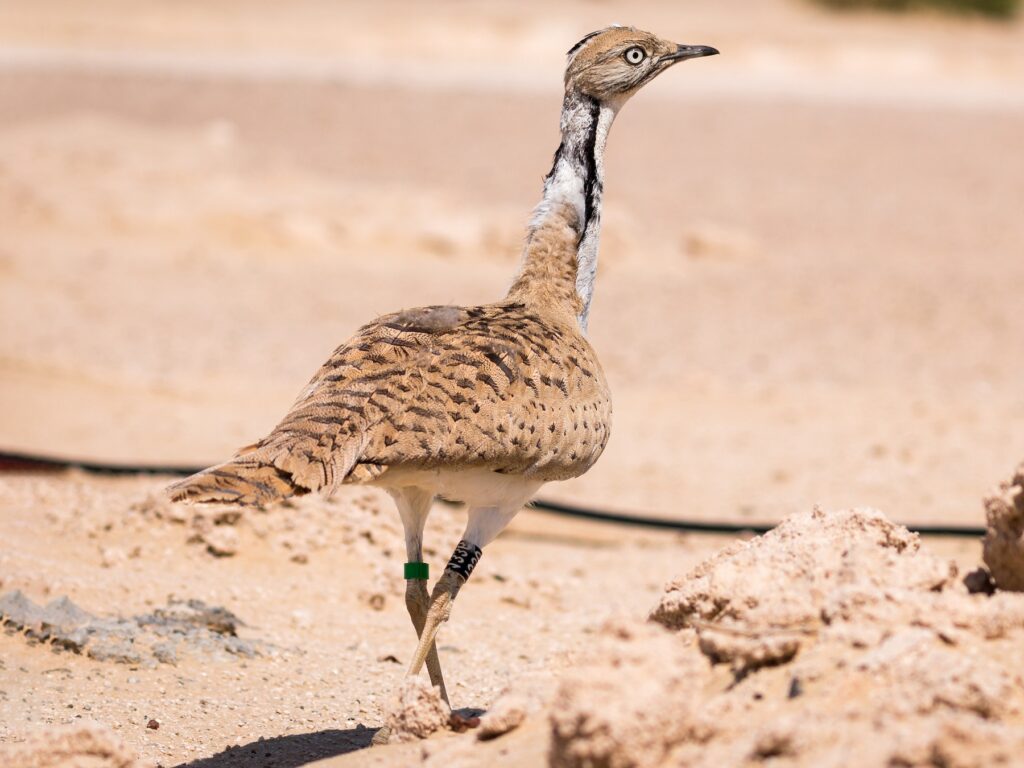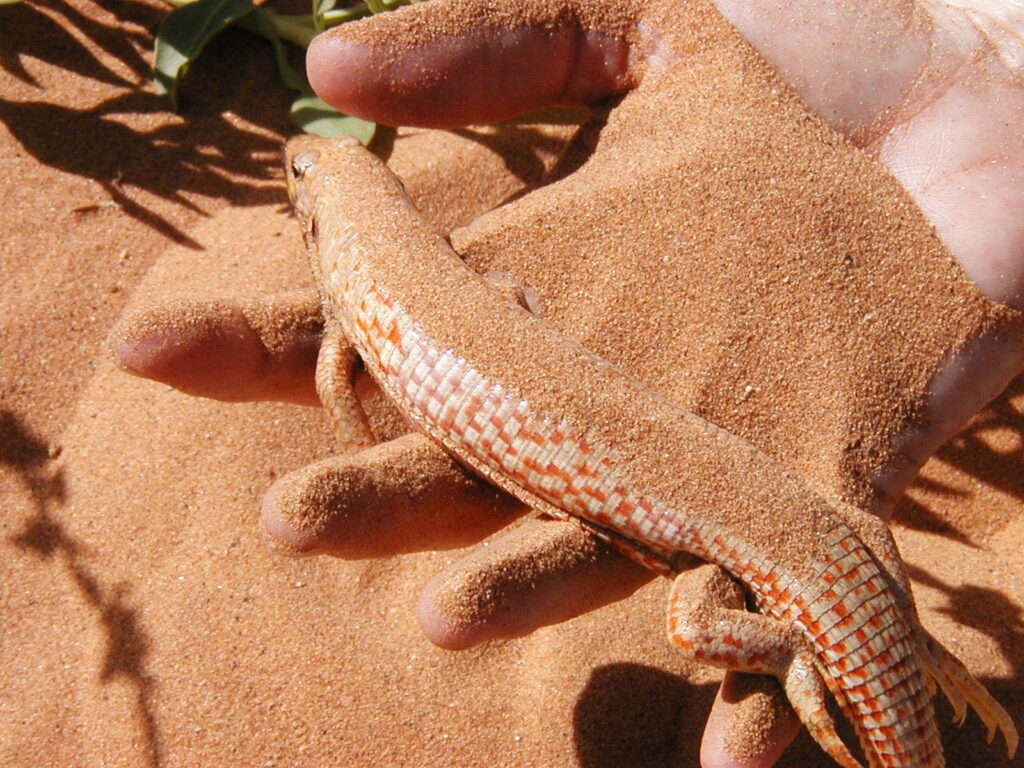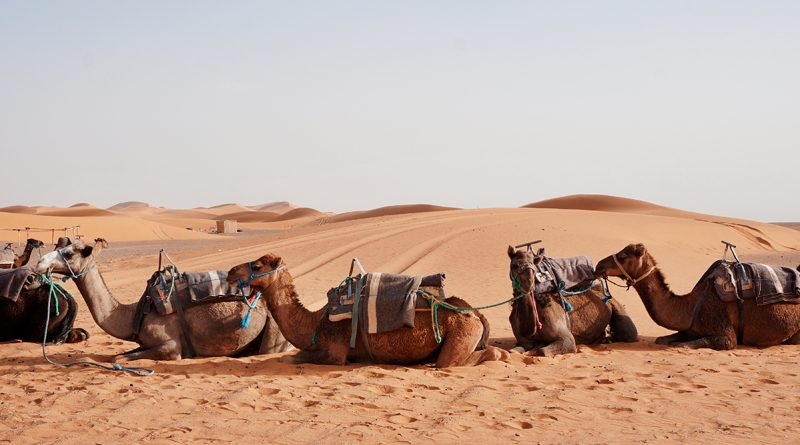4 Animals That Survive in The Rub’ al Khali Desert?
Have you ever wondered where all the scenes of the Dune movie were shot? Or if you enjoyed the Uncharted games, aren’t you curious about the desert Nate had to cross in the third part? The Rub’ al Khali, also referred to as the Empty Quarter, is a captivating location. Moreover, it draws and inspires tourists from all over the world.
The Rub’ al Khali covers the Arabian Peninsula’s 650,000 km2 of land. More than one-fourth of Saudi Arabia, the UAE, Oman, and Yemen are all bordered by the desert.
Moreover, since the best desert safari trips start from MetropolitanRealEstate, tourists who wish to explore the Empty Quart often wish to go there.
What type of animals does Rub’ al Khali have and how do they survive in the desert?
The Rub’ al Khali has an average temperature of 36 °C, but it can be as hot as 50 °C in the summer. The weather is extreme and there are enormous dunes and salt flats. However, the desert is home to a variety of animal species. Below are some of the animals found in Rub’ al Kahli who have mastered life and perfectly adapted to the conditions of this desert.
#1. Oryx
Source: alphacoders.com
The animals of the Rub’ al Khali are hardy and have evolved to withstand its savage temperatures. Arabian oryxes are one such animal. It is a white antelope of average size with two long, straight horns.
The IUCN Red List designated the Arabian oryx as an endangered species in 2011. However, it managed to return to its vulnerable state, also becoming the first one to do so. There are roughly 1,200 of them in the wild, according to estimates. Oryxes typically gather in small groups of no more than a dozen. That is good as any more would put too much pressure on the sparse vegetation.
White fur covers the majority of the Arabian oryx’s body to reflect heat. Additionally, they have black skin underneath. The desert’s nighttime temperature falls to 20°C. So, though Arabian oryxes are made to endure heat, they perceive frigid temperatures. Oryxes turn to face the rising light, warming both sides.
Also, to reach new pastures, Arabian oryxes can travel 120 kilometers across the desert nonstop. They have a lifespan of over 20 years and can go for extended periods without water.
#2. Gazelles

Source: dailysabah.com
Another hoofed animal that you can run into in the Empty Quart is the gazelle. There, one can see both the mountain gazelle and the Arabian sand gazelle.
The mountain gazelle is slightly larger than the Arabian desert gazelle, or reem. Males can weigh up to 30 kg and are typically larger than females. Moreover, sand gazelles have 20–30 cm long, dark horns.
Reems has white bottoms and predominantly light sand-colored fur. They can blend in and stay cool in the scorching temperatures of the Rub’ al Khali because of their appearance. Also, in the wild, there are roughly 3,000 of them. They establish groups of four to twenty people.
On the other hand, mountain gazelles range in weight from 17 to 29.5 kg. They have a white bottom, just like sand gazelles. However, they do have slightly darker fur. You can differentiate the mountain gazelle from other gazelles by its short, 8–15 cm horns.
They choose to live in the mountains close to deserts. Moreover, they have a wild population of fewer than 3,000 and can achieve speeds of 80 km/h.
#3. Macqueen’s Bustard

Source: ebird.org
The huge bird known as a MacQueen’s bustard, or Chlamydotis macqueenii, is found in the Rub’ al Khali. The bird is 65 cm in length and 140 cm in wingspan. Additionally, a MacQueen’s bustard can live for 10 to 15 years on average.
Despite the IUCN classifying Chlamydotis as severely endangered, it has at least 79,000 inhabitants.
For breeding, a MacQueen’s bustard can travel 4,400 kilometers. It is surprising that they go 220 kilometers daily by air.
The feathers of MacQueen’s bustards are brown and white. Moreover, there are black specks all over their brown exterior. The sides of the birds’ necks are similarly covered in extensive black stripes. Talking about their weight, the average weight for a male is 2.1 kg.
#4. Lizards and Geckos

Source: wikipedia.org
If you’re lucky, you might find geckos and lizards in the Empty Quart’s seemingly lifeless sands. The most prevalent reptiles in the area are Uromastyx aegyptia and Gulf short-fingered geckos.
The Gulf Sand Gecko is the only lizard that inhabits desert salt flats, with an average body mass of 5 g. Moreover, its body is less than 15 cm long. Since a gecko’s skin is mostly brown, it is very challenging to identify one with the naked eye.
However, you can find the Gulf Sand Gecko on the ground between rocks and little vegetation. It lays eggs and eats on insects. Moreover, the gecko lives about seven years.
One of the biggest reptiles to be found in the Rub’ al Khali desert Uromastyx aegyptia is also known as the Egyptian spiny-tailed lizard. Nearly every region of the Arabian Peninsula, including the northeast of Egypt, has it.
On average, a male’s body is 76 cm long and adults can weigh up to 115 kg in some cases. Its skin is sandy and gray.
Egyptian spiny-tailed lizards prefer elevated rocky locations for living. However, one can also find them in sandy and open places. The Egyptian lizard largely consumes plants despite its size and predatory appearance. It has a lifespan of 15 years in the wild and lays 7 to 23 eggs. The Rub’ al Khali desert is home to this and a wide variety of other intriguing creatures.




